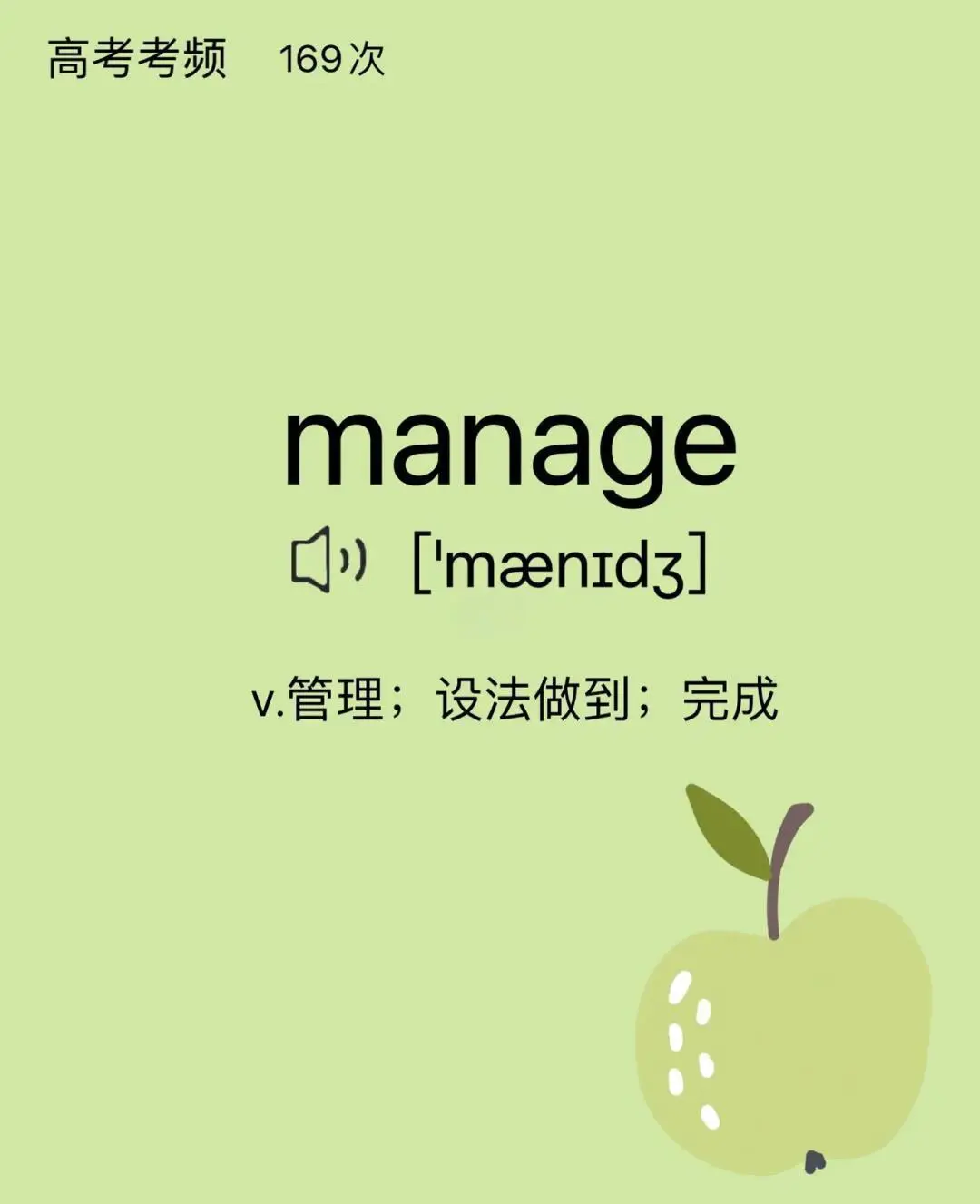==================================
Drawdown management is one of the most important aspects of trading and investing. While many traders focus on profits, it is often the ability to manage losses that determines long-term success. A drawdown refers to the peak-to-trough decline during a specific period of an investment, trading account, or portfolio. Learning how to manage drawdown effectively not only protects capital but also ensures psychological resilience and long-term growth.
This comprehensive guide will explore proven strategies, compare their strengths and weaknesses, provide real-world examples, and answer frequently asked questions about managing drawdown.
Understanding Drawdown in Trading
What is Drawdown?
Drawdown represents the reduction in capital from a high point to a subsequent low point before a new peak is reached. For traders, it is measured as the percentage decline in account equity. For example, if your trading account grows to \(10,000 and then drops to \)8,000, the drawdown is 20%.
Why Drawdown Matters
Managing drawdown is critical because:
- It protects trading capital from catastrophic losses.
- It helps traders maintain discipline and avoid emotional decisions.
- It determines how quickly one can recover to break-even.
A 10% drawdown requires an 11% gain to recover, while a 50% drawdown requires a 100% gain—illustrating why prevention is better than cure.
Drawdown recovery curve showing required gains after losses
Key Principles of Effective Drawdown Management
1. Risk Per Trade
Limiting the risk per trade (often between 1-2% of capital) ensures that no single trade can cause an unrecoverable drawdown.
2. Position Sizing
Position sizing techniques like fixed fractional or volatility-based methods help traders adjust exposure based on market conditions.
3. Diversification
Spreading capital across assets, markets, or strategies reduces the likelihood of correlated drawdowns.
4. Stop-Loss and Trailing Stops
Stops are essential for cutting losses early and preventing deeper drawdowns. Trailing stops also allow profits to run while securing gains.
Strategies to Manage Drawdown
Strategy 1: Fixed Risk Control
In this approach, traders limit risk by setting a maximum percentage of capital they are willing to lose on each trade.
Advantages:
- Simple and easy to implement.
- Provides consistent risk control.
- Suitable for beginners.
Disadvantages:
- May limit profit potential in trending markets.
- Can be overly conservative for advanced strategies.
Strategy 2: Adaptive Risk Management
Here, risk is adjusted based on volatility or performance. During winning streaks, exposure may increase, while during losing streaks, position size decreases.
Advantages:
- Flexible and dynamic.
- Reduces risk during unfavorable conditions.
- Increases gains when markets align with strategy.
Disadvantages:
- More complex to manage.
- Requires accurate volatility measurement.
Comparing Strategies: Fixed vs. Adaptive
| Aspect | Fixed Risk Control | Adaptive Risk Management |
|---|---|---|
| Simplicity | Easy to implement | Requires more monitoring |
| Flexibility | Limited | Highly dynamic |
| Best Use Case | Beginner and conservative traders | Experienced traders and institutions |
In practice, blending both methods often works best: starting with fixed rules while gradually adopting adaptive techniques as experience grows.

How Drawdown Affects Trading Psychology
Drawdowns do not only reduce account equity—they also test emotional resilience. Traders experiencing significant drawdowns often make poor decisions, such as revenge trading or abandoning a proven system.
Maintaining psychological discipline is as important as technical risk control. Many professionals recommend setting maximum drawdown thresholds (e.g., 20%) where trading halts temporarily for reassessment.
Industry Trends in Drawdown Management
- Algorithmic Risk Controls – Automated trading systems now integrate real-time drawdown monitoring.
- Dynamic Portfolio Rebalancing – Hedge funds frequently adjust allocation to reduce exposure during drawdowns.
- Data-Driven Insights – Tools using drawdown analysis for institutional investors are helping firms understand risk patterns more deeply.
For retail traders, modern trading platforms now provide real-time drawdown monitoring software that automatically calculates exposure and alerts traders when limits are reached.
Modern risk dashboards showing portfolio drawdowns

Practical Best Practices for Managing Drawdown
Maintain a Trading Journal
Tracking trades and performance helps identify patterns that cause drawdowns.
Use Backtesting and Forward Testing
Backtesting ensures your strategy has survived past drawdowns, while forward testing validates performance under real-time conditions.
Capital Preservation First
Prioritize protecting capital over chasing returns. As seasoned traders say: “If you lose your capital, you lose your ability to trade.”
Continuous Learning
Understanding how to calculate drawdown in quantitative trading equips traders to design strategies with built-in risk buffers.
FAQs on Managing Drawdown
1. What is an acceptable drawdown in trading?
Acceptable drawdown varies by strategy, but professional traders often keep it below 20%. Conservative traders aim for under 10%. The key is ensuring recovery is feasible within a reasonable timeframe.
2. How can I recover from a large drawdown?
Recovery requires discipline: reduce position size, reassess your strategy, avoid emotional trading, and sometimes take a break. Using adaptive risk management helps accelerate recovery while protecting against further losses.
3. Does diversification always reduce drawdown?
Not always. Diversification helps only if assets are uncorrelated. During global crises, correlations often rise, and even diversified portfolios may suffer simultaneous drawdowns.
Conclusion: Managing Drawdown for Long-Term Success
Learning how to manage drawdown effectively is a cornerstone of trading and investing success. Whether through fixed risk control, adaptive strategies, or a blended approach, managing losses ensures that capital survives long enough to capitalize on profitable opportunities.
The best strategy combines robust risk controls with emotional discipline, supported by modern technology like real-time monitoring software. Traders who master drawdown management not only protect capital but also gain the confidence to grow consistently over time.
Effective drawdown management supports long-term trading growth
💡 If you found this article insightful, share it with your trading peers, leave a comment with your own experiences, and join the discussion on effective drawdown management. Together, we can build smarter, more resilient trading strategies.

0 Comments
Leave a Comment